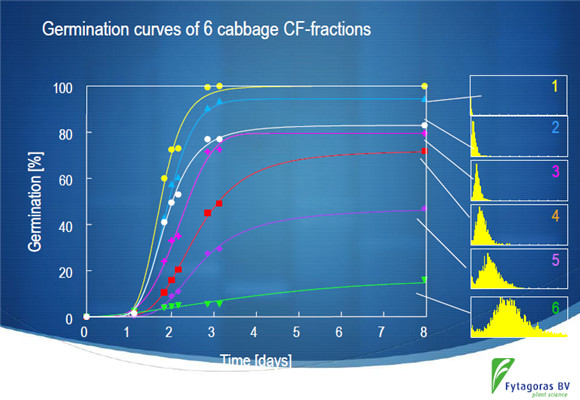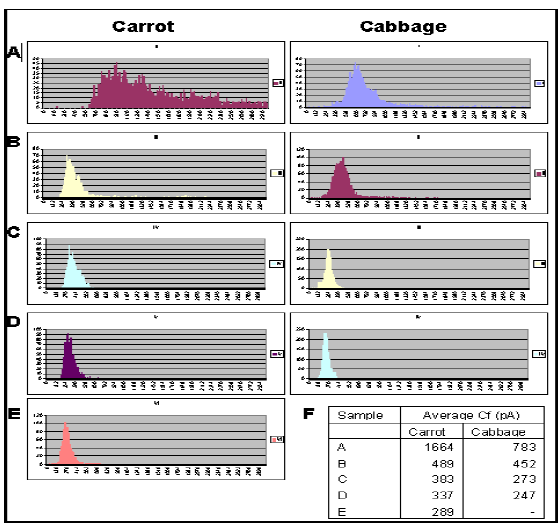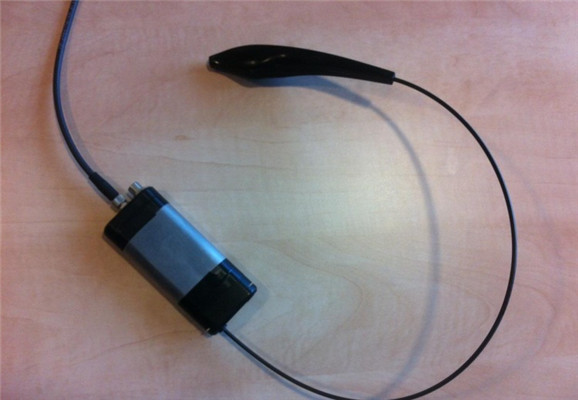Main functions
Seed maturity analysis
Seed integrity (degree of damage) analysis
Special probes, which do not require picking and making seeds, can easily, in situ, non-invasively and quickly measure the ripening of fruits and seeds such as watermelons and bell peppers.
Measurement parameters
Chlorophyll content in seed coat
Application areas
Seed harvest period judgment
Seed quality identification
Seed germination
Seed research and production
Prediction of seed disease resistance
Main technical parameters
Excitation light source: 670 nm
Detector: Photodiode detector, peak 730 nm
Fluorescence measurement: During the transfer of the petri dish, each petri dish automatically measures 3000 times.
Measurement time: 45-60 seconds
Computer: Built-in, with 4 USB ports and 1 network cable port, external 21-inch monitor
Data transfer: USB, or via network
Size: 59 cm x 29 cm x 23 cm
Weight: ~15 kg
Purchase Guide
1. System composition: SA-10
Host (built-in computer and working software), sample holder, etc.
|
SA-10 |
|
The relationship between seed maturity and seed germination rate |
| The left figure shows the seed germination rate, and the right figure shows the chlorophyll fluorescence intensity measured with SA-10. |
| The lower the chlorophyll fluorescence, the higher the maturity of the seeds and the higher the seed germination rate. |
| In the above figure, sample 1 has the lowest fluorescence intensity and the highest germination rate; sample 6 has the highest fluorescence intensity and the very low germination rate. |
|
Seed harvest period judgment |
| As shown in the above figure, small batches of seeds are harvested weekly during the seed maturation stage and the chlorophyll content is measured using the seed maturation analyzer SA-10. |
| In Figure A, the chlorophyll fluorescence of the seeds is very high, the average chlorophyll fluorescence of carrots reaches 1664pA, and the kale reaches 783pA, indicating that the seeds are very immature. |
| After a few weeks, the chlorophyll fluorescence value of the seeds decreased a lot, and basically no longer decreased with time, indicating that the seeds are mature very high and suitable for harvest. |
Measurement accuracy
Taking tomato and cucumber seeds as examples, the error is 3-7% for repeated measurements of different samples of the same batch of seeds, as shown in the following table:

The error for repeated measurements of the same sample of the same batch of seeds is between 1.5-3.5%, as shown in the following table:

2. Expansion module: special probe
|
Special probe |
| The chlorophyll content of the peel can be measured easily, in situ, non-invasively and quickly, and the ripening of the fruit and seeds in the fruit can be determined. |
The lower the chlorophyll content of the fruit peel, the higher the ripening degree of the fruit. |
Origin: Fytagoras, Netherlands
References
Fiona R. Hay, Stephen Timple, Bert van Duijn (2015). Can chlorophyll fluorescience be used to determine the optimal time to harvest rice seeds for long-term genebank storage? Seed Science Research, 25(3), 321-334.
C UI order Li, X IU Wang, zh Ijunmen G (2016). tomato seeds maturity detection system base Don chlorophyll fluorescience. SP IE proceedings, 10021.
Shiv K. Yadav, Henk Jalink, Steven P.C. Groot, Rob Van Der Schoor, S. Yadav, M. Dadlani, Jan Kodde (2015). Quality improvement of aged cabbage (Brassica oleracea var. capitata) seeds using chloridephyll fluoresce sensor. ScientiaHorticulturae, 189, 81-85.
Ibrahim Demir, Burcu B. Kenanoglu, Henk Jalink, Kazım Mavi (2013). Chlorophyll Fluorescence Sorting Method to Improve Seedling Emergence Potential and Vigour of Commercial Tomato and Cucumber Seed Lots. International Journal of Agriculture and Forestry, 3(7), 333-338.
Henk Jalink, Rob van der Schoor, Angela Frandas, Jaap G. van Pijlen, Raoul J. Bino (1998). Chlorophyll fluorescience of Brassica oleracea seeds as a non-destructive marker for seed maturity and seed performance. Seed Science Research, 8(4), 437-443.
H. Jalink, R. van der Schoor, Y.E. Birnbaum, R.J. Bino (1999). Seed chlorophyll content as an indicator for seed maturity and seed quality. Acta Hort. (ISHS) 504: 219-228.
H. Jalink, A. Frandas, R. van der Schoor1, J.B. Bino (1998). Chlorophyll fluorescience of the testa of Brassica oleracea seeds as an indicator of seed maturity and seed quality. Sci. agric. , 55,88-93.



